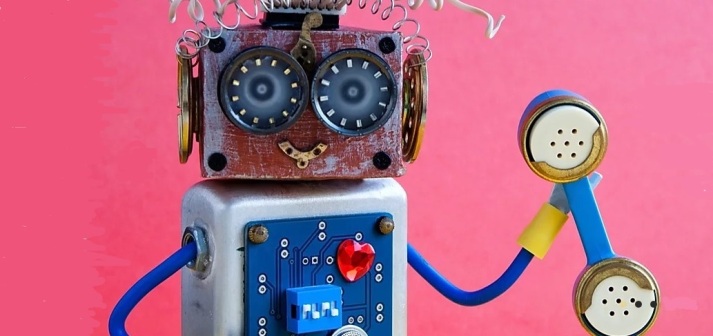The customer contact revolution – new models – Graham Ede, CEO, Neoswave

Many, if not most, organisations have now invested in multi-channel. In theory, this allows customers to move seamlessly between channels for an integrated, 360° experience. In practice this is largely not being achieved and is often resulting in multi-muddle. People are still looking for technology silver bullets and are – not surprisingly – being regularly disappointed. New models are needed for an industry that has barely changed its ways of working for thirty years. As noted by various analysts ‘Smart Contact’ is built on four pillars:
1. The move towards digital interaction;
2. The rise of the bot;
3. Making personal connections;
4. The agile operating mode.
Such a structure poses an existential threat to the structure of the contact centre industry (outsourced and in-house) as it currently stands. As more contact moves to text and data channels and– more importantly– as artificial intelligence in the form of bots takes over the handling of much of its simpler traditional work, the size, format and skills-base of the contact centre is changing. At the simplest level, inbound frontline teams are going to shrink. Greater skills levels will be required from more experienced live agents to proactively handle higher risk, higher value contacts. However, to bring everyone along on the journey, robust business cases must be built. And rigorous pilots have to be conducted to prove RoI in real life situations.
The commercial impact is immense. Based on the study of over 100 organisations that have begun to address this issue in the last five years, NeosWave has built a projection of the current cost to various UK sectors of failing to address their customer contact infrastructure. Taking the baseline bonus rate, and based on just a 70% implementation of contact centre market restructuring, this research paper estimates that UK contact centres (in-house and outsourced) are wasting at least £2.1 billion every year by failing to migrate from old and outdated business models.
Clearly, such economies provide a compelling business imperative to restructure contact centre operations. Pulling no punches, we have to recognise that the traditional contact centre model uses legacy technology, is committed to fixed overheads, and employs lower-skilled workers.
Radically reforming this model – combining the best of automation and experienced personnel – reduces costs, improves customer experience and importantly frees up resource to re-invest for growth and value creation. It also offers a value-proposition to client companies that does not perpetuate a constant outsourced service outlay, but gradually transfers value back into the client company over the contract period.
Additional Information
Graham Ede is CEO of Neoswave
To download NeosWave’s full research report, including a sector-by-sector breakdown of the cost of outdated contact centre management Click Here
For additional information on Neoswave visit their Website





